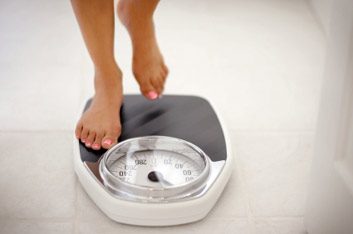
Myth #1: Muscle weighs more than fat
Trainers often comfort their clients who are concerned about what the scale is saying by telling them that they’re not losing a lot of overall weight because muscle weighs more than fat. Not exactly true. One pound of muscle weighs the same as one pound of fat. So does one pound of anything. The confusion lies not in the weight of the substance, but in its density. Muscle is much denser than fat so it takes up less room, meaning the more muscle you have, the smaller and sleeker you will look. So keep hitting those weights.
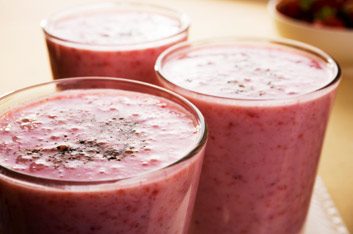
Myth #2: Morning cardio on an empty stomach sheds more fat
Most important for fat loss is exercising hard on a consistent basis, not whether you have eaten or not. In fact, there is no scientific evidence to prove the morning fat-burning theory. There’s a greater chance you’ll actually do your aerobic exercise on a consistent basis if the time of the day suits your lifestyle-morning, noon or night. There’s also a greater chance you’ll hit the wall if you follow this myth. “If you work out on an empty stomach, you will run out of energy a lot quicker, and therefore the quality of your workout will decrease,” says Gerard Recio, Senior Sport Performance Specialist with Twist Conditioning.
Recio recommends a fruit smoothie before morning workouts to top off energy levels so that your muscles and body have the proper energy sources to utilize during a workout.
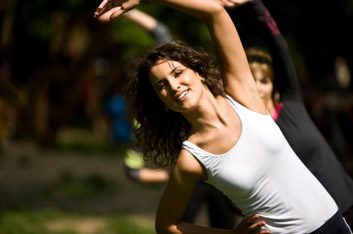
Myth #3: Exercising at lower intensities burns more fat
This is true during exercise but not after. Exercises performed at lower intensities do burn a higher percentage of calories from fat than carbohydrates as carbohydrates are spared for higher intensity activities. However, this is no reason to barely work up a sweat. More important than the type of fuel used during exercise is the total calories burned and without question the higher the intensity the more calories will be used. In addition, high-intensity exercise also burns more calories (mostly from fat) after exercise, resulting from a higher metabolic rate. So ignore those fat-burning zones on your elliptical machine and kick it into gear.
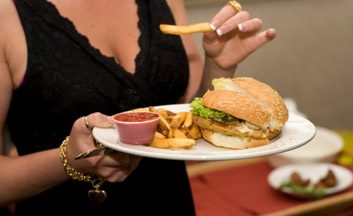
Myth #4: You can eat anything you want as long as you exercise
Wish it were true…but sadly, this is not reality. “It is good to reward yourself with some treats once in a while; however; not all of the fat in our favourite junk foods shows on the surface,” says Recio. Some fat is deposited as visceral fat, adds Recio, and can be deposited around your bodily organs. This type of fat accumulation is particularly dangerous to your health. Sure, you can exercise for hours on end and still stay skinny on a diet of Big Macs and Twinkies, but you’ll get much more from your exercise sessions with respect to overall health by fuelling your body with good food.
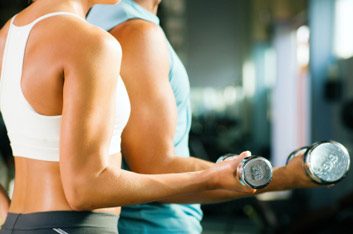
Myth #5: Women that lift weights become muscular and masculine
There seem to be too many women out there that think a few squats and arm curls will turn them into the bodybuilders they see in the magazines. Testosterone is a major building block for muscle and women produce much less than men. When comparing yourself to world-class bodybuilders remember that genetics, gruelling workouts and often questionable drug use play a huge part in their physiques. Recio informs his female clients that they would have to train extremely hard, and eat truckloads of calories in order to put on all that extra muscular bulk.
Strength training is very important for females since females have less muscle and bone mass which increases susceptibility to osteoporosis. A little muscle is also a great fat-burner since it’s highly metabolically active and will in turn increase your daily caloric burn. So grab that dumbbell and pump away.
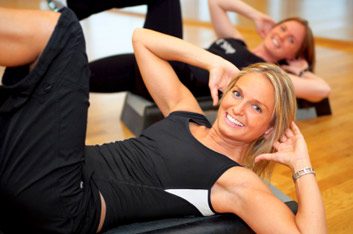
Myth #6: You can target your exercise gains
Spot reducing is the belief that you can pick any area on your body and exercise it to death to shed the jiggle. Good luck with that. A six pack has more to do with overall calories burned and what you put into your mouth than how many crunches you do. “When the body burns off fat tissue it takes little bits from every part of the body-adipose and visceral fat from different locations,” says Recio. This myth explains all the infomercials touting the “ab lounge” or the “thigh master” as the next great thing. If it sounds too good to be true, says Recio, it probably is.
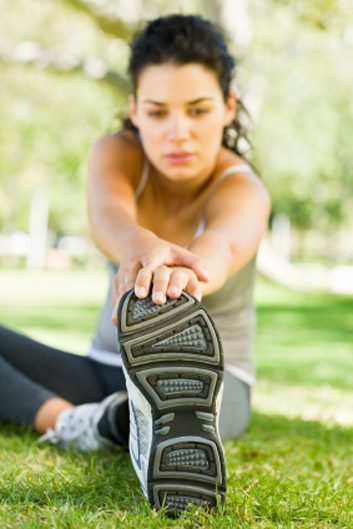
Myth #7: Stretching before exercise is the best
Most people stretch before hitting the weights, trail or court thinking that it will reduce their chance of injury and boost performance. There is actually no evidence that long pre-exercise stretching can reduce the likelihood of injury. In fact, excessive pre-exercise stretching may cause a reduction in muscle force and power. “For optimal muscle power there is an optimal number of cross bridges that must be established between the actin and myosin muscle fibres,” says Recio. “When you stretch you decrease the interaction.”
Static stretching, where you hold a stretch for a pre-determined amount of time, is best left till after your weight routine. At Twist Conditioning, Recio encourages dynamic stretching before exercise. “Dynamic movement takes the muscle through various ranges of motion, and various speeds of movement:’ says Recio. This type of sport-specific stretching prepares the mind and muscles for the upcoming activity.
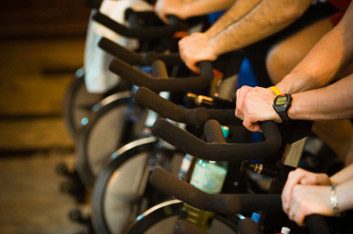
Myth #8: The more exercise, the better
Many people believe that if some exercise is good, more is better. Keep in mind that the body does not experience muscle growth in the weight room. “Through proper diet and rest, the body adapts and builds up muscle and bone in response to exercise in order to prepare for the next session of physical activity,” says Recio. Without adequate rest, the body never has a chance to rebuild and regenerate.
Related:
• What a personal trainer can (and can’t) do for you
• 10 cheap fitness tools and how to use them
• Best Health DIY workout program
